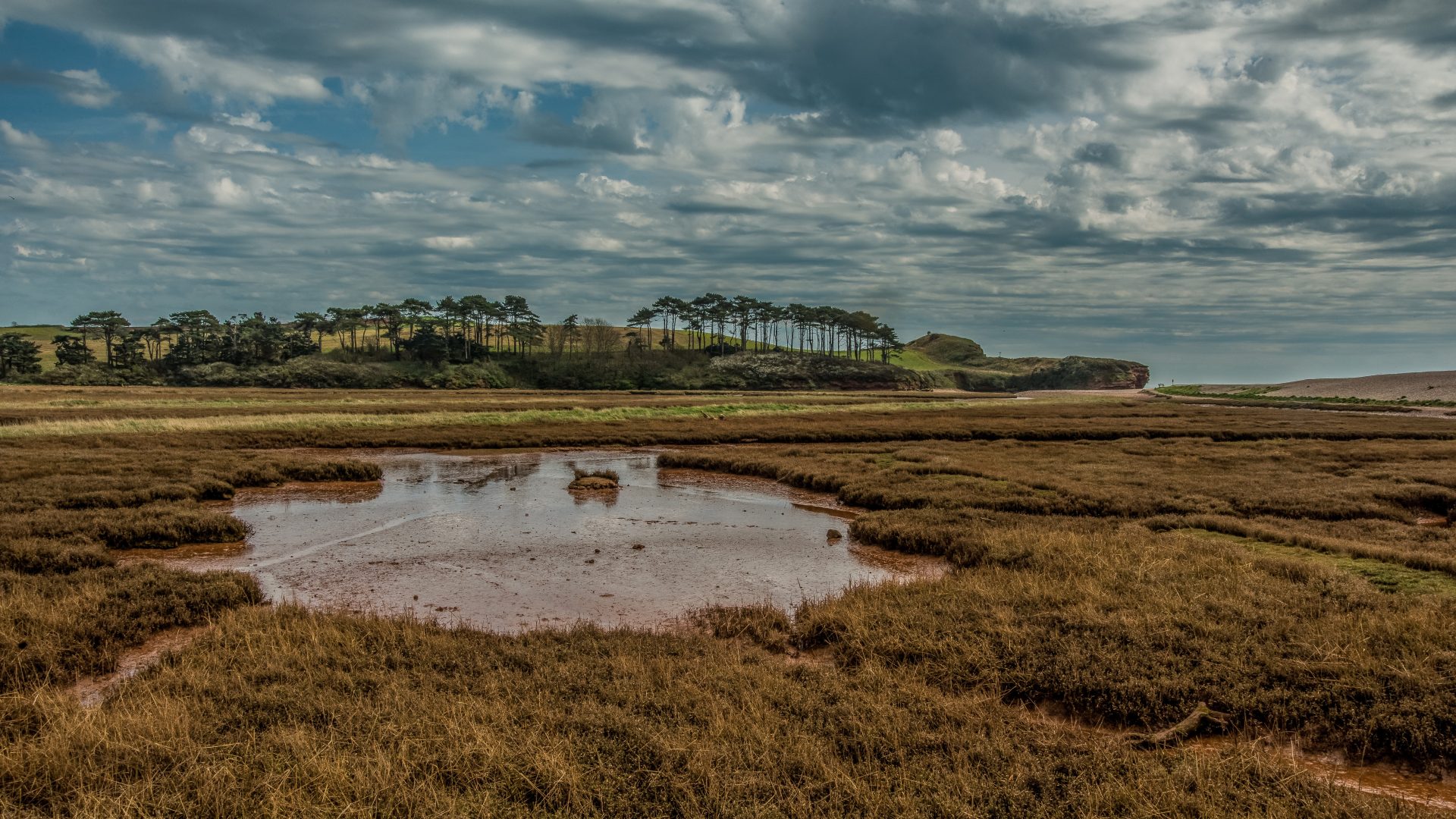A Devon nature reserve is due to be significantly expanded in part thanks to a unique piece of coastal engineering, which has seen 50 hectares of internationally important new wetland habitat created.
The huge climate change adaptation project led by the Environment Agency reconnected the River Otter with its historic estuarine floodplain – helping protect properties but also creating a new wetland habitat that has today been declared the third nature reserve in the King’s Series of National Nature reserves.
The enlarged national nature reserve, which is being extended by 90 hectares in total or the equivalent of 128 football pitches, will connect the Otter Estuary and the restoration project with the existing lowland heathlands of Pebblebed Heaths National Nature Reserve. This unique landscape supports some of our most precious wildlife, from Dartford warblers, silver-studded blue butterflies to populations of sea trout, Atlantic salmon and eels and will now be protected for nature.
Extending the area managed for conservation will create bigger and better joined up spaces for wildlife and will help to achieve the government’s targets to halt and reverse nature’s decline.
Tony Juniper, Chair of Natural England, said:
“The extension of the Pebblebed Heaths National Nature Reserve to encompass the River Otter restoration project is a huge step for nature recovery, not just in Devon but the country as a whole, with new wetland habitat protected for nature.
“The Otter estuary restoration shows how we can work with nature to deliver multiple benefits from climate change adaption to reduced flood risk while supporting internationally important wildlife.
“This ambitious extension to the National Nature Reserve will not only enhance the natural environment, making it a better and more joined up place for wildlife to thrive, but also provide opportunities for locals and visitors alike to connect with the natural world, history and the local heritage.”
Nature Minister Rebecca Pow said:
“We need to move from nature conservation to nature recovery by creating much larger spaces for wildlife to thrive, and the extension to Pebblebed Heath is a great example how we can do that.
“This declaration provides a much-needed boost for wildlife but also demonstrates how restoring nature can help manage the pressures of climate change and flood risk, as well as providing economic benefits with local people and tourists able to enjoy improved access to the great outdoors.
“National Nature Reserves have a key role to play in halting and reversing biodiversity loss, and by expanding their number it helps us achieve our goal of protecting 30% of land and sea by 2030, as set out in our Environmental Improvement Plan”
Alan Lovell at the Environment Agency said:
“The restoration of the Lower Otter River is a fine example of the strengths of collaborative working to find solutions to the impacts of climate change.
“Restoring and reconnecting the floodplains has provided multiple benefits for the wading birds which call this landscape home and the people who live locally too, with improved resilience to flooding and new opportunities to connect with the natural world across the National Nature Reserve.”
The heaths and new wetland of the Pebblebed Heath NNR share Triassic geology with spectacular red sandstone cliffs of the estuary forrming the oldest part of the Jurassic Coast World Heritage Site, with Otter Head being part of a Site of Special Scientific Interest. Wetlands provide a large number of ecosystem benefits from carbon capture to improved water quality and support a huge diversity of species but are under pressure at home and globally.
The announcement will also provide a boost to the local economy with the nature reserve well connected to the local towns and villages – in excess of 250,000 local people and visitors already enjoy the Otter Estuary nature reserve each year using the network of footpaths which run through it, including part of the South West Coast path.
Natural England want to leave a lasting public legacy for people and nature by creating the King’s Series of National Nature Reserves to celebrate the Coronation of His Majesty King Charles III.
The King’s Series will see five major NNRs named every year for five years – 25 in total which will create bigger, better and more joined up spaces for nature to thrive.
The Lincolnshire Coronation Coast NNR was the first in the King’s Series to be announced, in September 2023, followed in October by the Mendip NNR, which includes the world-famous Cheddar Gorge.
There are currently 219 NNRs across England, comprising more than 109,000 hectares in total – around 0.8% of England’s land surface. Two-thirds of these are managed by Natural England. National Nature Reserves provide opportunities to experience nature for an estimated 20 million visitors a year up and down the country.



